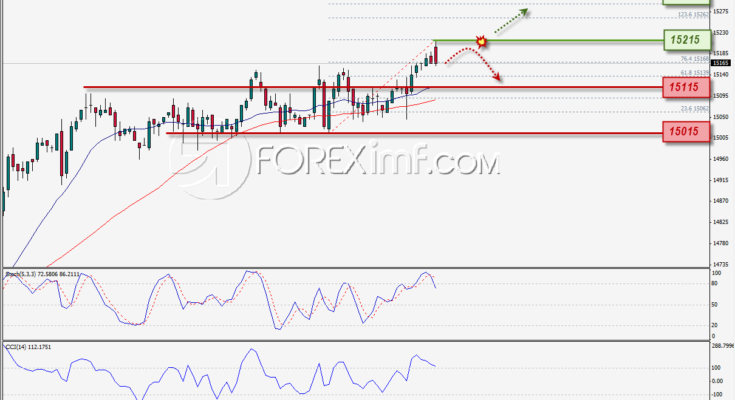Things are still looking up.Â
This morning, Japan revised their Q1 GDP Estimate from 5.9% to 6.7% as a huge splurge in consumption ahead of the sales tax increase shot Consumer Spending through the roof 3-6 months ago.  It’s a great indication of what insane amounts of stimulus can do (Japan is puming about 10% of their GDP into the economy vs. “just” 5% in the US and less than 2% in Europe).  By contrast, Europe’s GDP grew just 1% in that 18-country block and the US was down 0.1% during the same period.

Clearly stimulus works – so – the answer to everything is – MORE STIMULUS!!! Â
More stimulus, more stimulus and, when in doubt (or, when needing to hit your numbers) – even more stimulus!  We saw the ECB get on that bandwagon last week and our Fed never stopped so, what can possibly go wrong in a global money-printing party.  Other than this, of course (projections for Q2 in Japan):

Even Japanese traders wised up this morning as the Nikkei tumbled off the high of 15,235 back to 15,160 in the Futures (/NKD) but that’s still high enough to give it an official 0.3% gain for the day. Â Other Asian indexes also sold off into the close, but not so much as to not print another bullish Monday as Chinese export growth (May) came in strong as well at 7%, after a very weak 0.9% in April. Â
This is what happens in a market that ignores bad news (the 0.9% disaster didn’t take us down) and celebrates good news – there’s literally nowhere to go but up!  MSCI’s All-World share index (.MIWD00000PUS on Bloomberg), which encompasses 45 countries and is generally seen as benchmark of global stocks, was up 0.1 percent at 426.77 points, just below its 2007 pre-financial crisis peak of 428.63 points.
This chart is interesting as it gives us a view of both p/e, which has been boosted by stock buybacks and M&A activity, as well as price to sales, which isn’t.  The capacity for both investors and analysts (not Dr. Ed) to ignore this kind of information astounds me, as clearly we can see that we are now looking WORSE than we did in 2007, the last time stock buybacks and M&A were used to artificially boost the APPARENT p/e of so many stocks – to mask the fact that we were, in fact, heading into a crisis of biblical proportions.  As Dr. Ed notes:

